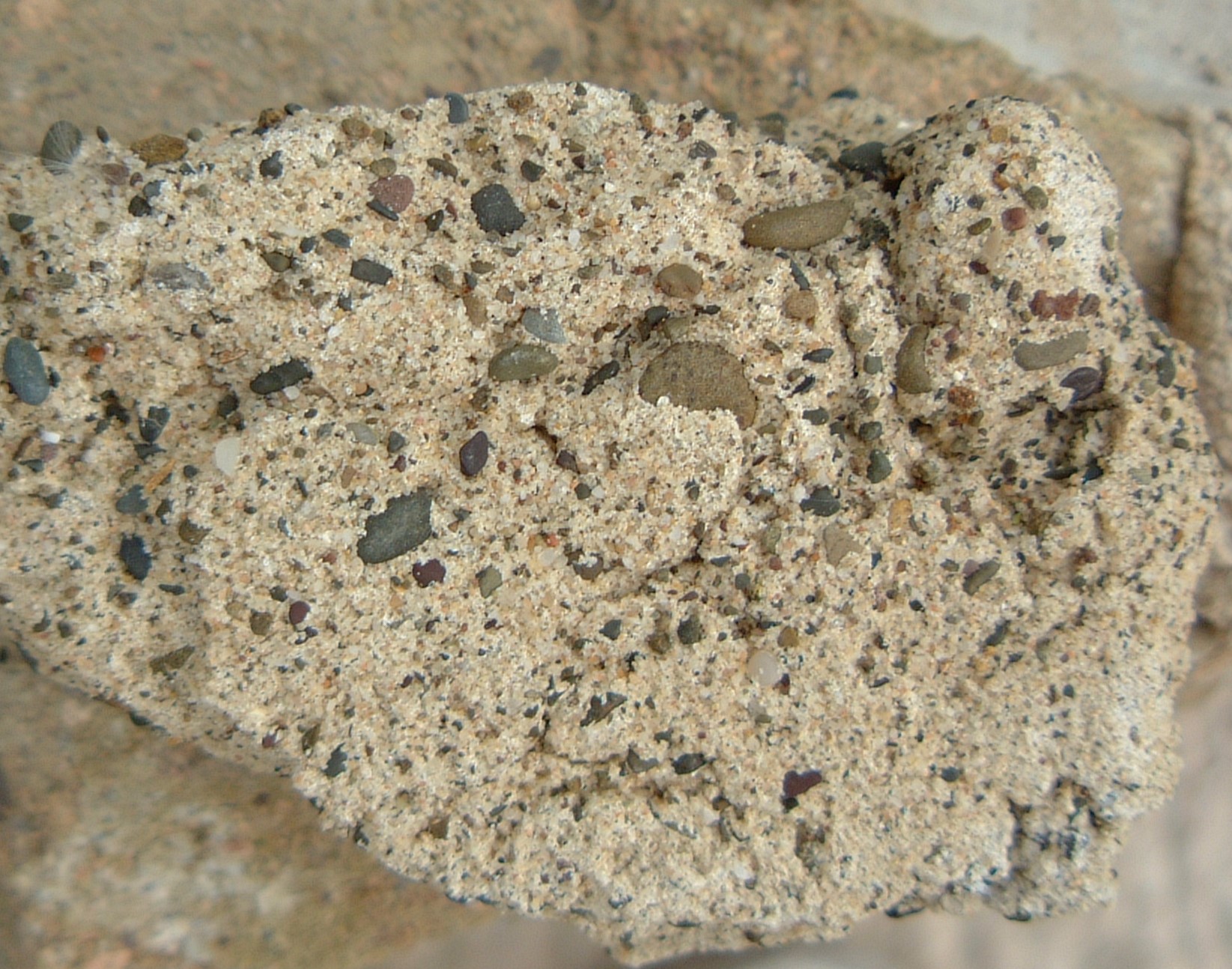What Is Lime Mortar
How is lime formed, how is it different and where’s best to use it?
Healthy building is a key talking point amongst the UK’s construction sector.
We’re beginning to pay more attention to the impact our buildings have on both our health and the health of the environment. As such, we’re starting to favour natural building materials over synthetic alternatives, meaning lime materials are seeing a significant revival.
But what are lime materials, how are they formed and what makes them different?
Lime mortars, renders and plasters
The majority of lime mortars, renders and plasters are made of:
- Sand or aggregate – a key component for the strength and durability of the mix. Sand also prevents the material from shrinking as it dries out.
- A binder – acting to hold the mix together. This can be a range of materials from clay or cement to silicone or acrylic but for a long time, and increasingly more now as we’re favouring healthy building, the material of choice was lime.
Equal time should be spent choosing and analysing the sand or aggregate and the binder.

Lime mortars, lime renders and lime plasters
The three key ingredients to any lime mix are: lime, water and sand. When mixed, these ingredients set to form a substance similar to man-made limestone.
Although there are many different kinds of lime which differ in both chemistry and strength, all limes are made when this limestone is heated in a lime kiln. This heating process produces quicklime to which water is then added to form slaked lime.
After this, different limes will set and harden differently:
- Non-hydraulic limes set as they absorb CO2 from the atmosphere. This can mean they have a slower setting time than other limes as very specific environmental conditions must be met for this absorption to take place.
- Hydraulic limes initially set when water is added, or even while underwater, and then harden over time as CO2 is absorbed, giving a harder mix which is more weather resilient. Although made in the same way as non-hydraulic limes, these are burnt from a different limestone.
The pros and cons of using lime materials
Benefits
- Breathability – lime materials are highly breathable. Their vapour permeability means they allow water to pass through them, as either a gas or a liquid. This avoids the build-up of moisture, reducing the risk of damp or condensation.
- Durability – lime is exceptionally durable. Buildings built with lime products are able to stand the test of time as they act to keep their underlying structure dry. This allows for a more sustainable building structure.
- Workability – with a sticky, almost ‘fatty’, feel for the builder applying it, lime has remarkable workability. It’s the workability that showcases the craftsman’s skill in the beautiful aesthetic it lends any project, old or modern.
- Age resilient – avoiding the synthetic appearance offered by many of its alternatives, lime mortars and renders age gracefully. Like a fine wine, they often improve with age. Lime mortars, renders and plasters can also be produced in a variety of colours.
Drawbacks
- Slower setting – some limes require a more methodical working practice as they can take longer to set than their synthetic alternatives. This longer setting time is negated by working methodically.
- Misleading terminology – sometimes, it can be misleading as to what some so-called ‘lime’ mixes contain, particularly when dealing with imported product. As a result, it’s important to take care to ensure you don’t pay a premium for something that is simply white cement with a pinch of lime.
- Fear of use – sometimes, builders can be wary of switching to using lime products. They can dismiss them as too difficult. However, modern lime materials can be as easy to use as cementitious products which offer none of the long-term benefits of lime.
To learn more about whether lime materials might suit your project, get in touch or, alternatively, explore the range of lime products we offer.

